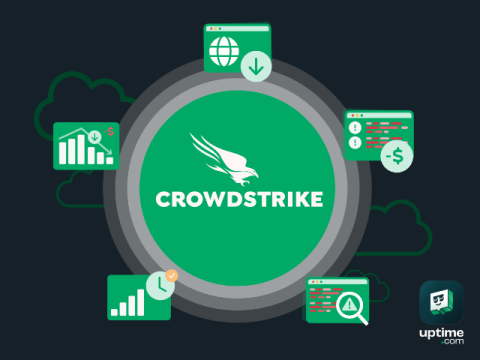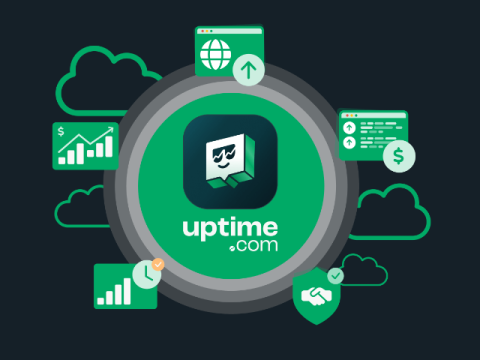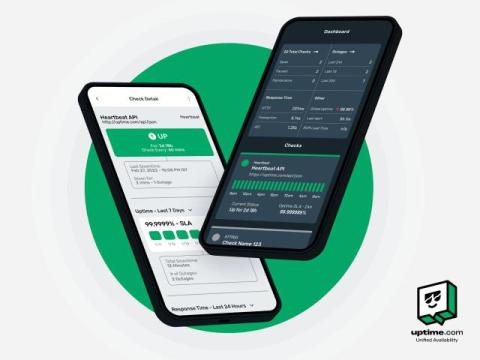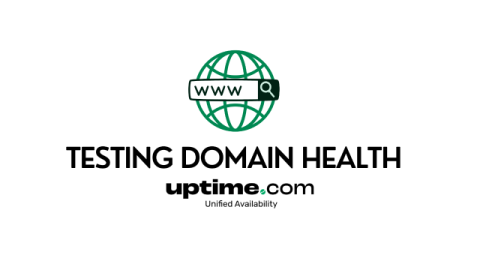Using Private Locations with PhotonOS 5.0
Uptime.com’s Private Location monitoring tools offer a powerful solution for keeping an eye on internal endpoints. Though these services and their importance aren’t visible to the public, internal teams and customers may still rely heavily on internal services in their day-to-day functions and downtime can disrupt operations just as much as public-facing incidents.










